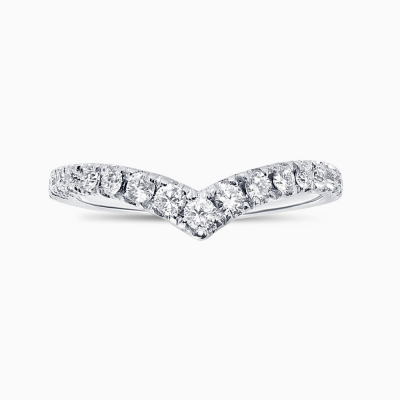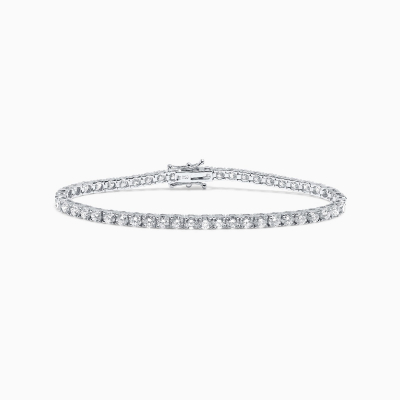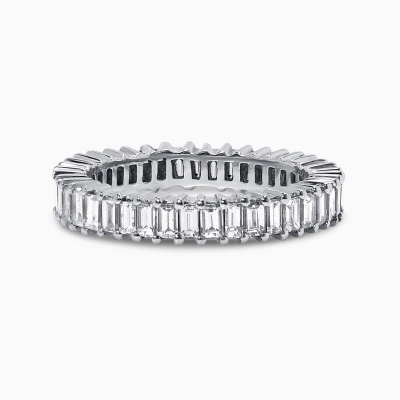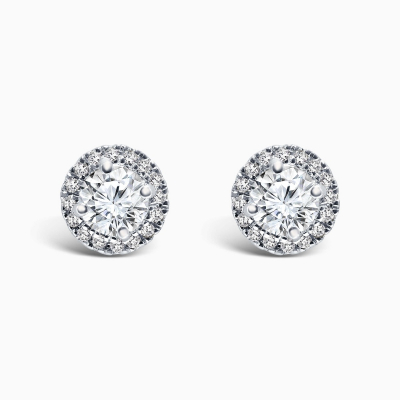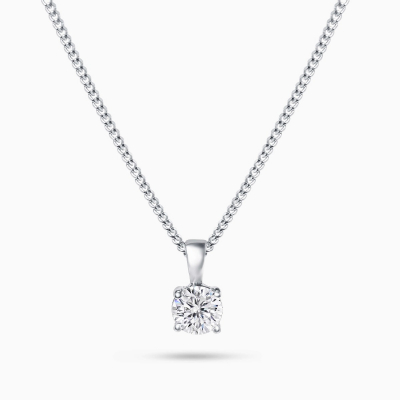GBP
/
GBP
/
Shipping to:
Currency:
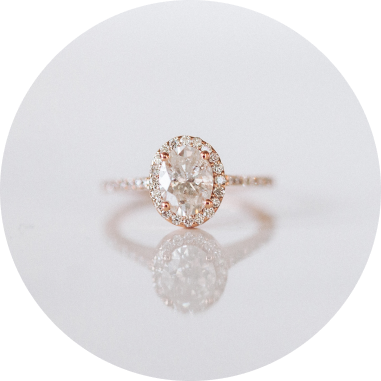
Diamond
Diamond is one of the universe’s oldest minerals; at least three billion years old. It is composed of one single chemical element, pure carbon, and it has a reputation as the most cherished of all the gemstones. In fact, it is estimated that diamonds account for roughly 90 per cent of the gemstones that are purchased globally, showing their commercial importance.

Diamonds are commonly found in Brazil, Africa, Canada, Russia, and Australia. However, the earliest source of diamonds was in India as early as 800BC, but after the Spanish Conquest, production shifted to Brazil.
They are formed at temperatures between 900 and 1300 degrees Celsius, at a depth of between 90 and 120 miles below the earth’s surface, and at pressures over 45kbar. This is how the oldest diamonds have formed; but diamonds have also been derived from mantle eclogite rock. They grew within this rock, and it is likely that the carbon came from early micro-organisms that lived in the mud of the sea beds.
Cut
Cut is often mistaken for shape, however, the cut relates to the proportions of the diamond. If a diamond is cut meticulously, it will reflect light in the most beautiful manner, creating the desirable sparkle we all look for. This is why it is crucial to know about diamond cut before buying.

Shapes
From the unique and feminine pear shape to the elegant and classic princess cut, diamonds come in a whole host of shapes. There is a diamond shape to suit all occasions, tastes, and hands, and we’ll help you choose the right one for you.

Clarity
It is impossible to find a perfect diamond; they all have small impurities, which are known as inclusions. The clarity grading system is used to determine just how many inclusions the diamond has. If the impurities are visible to the naked eye, the diamond will have a very low clarity rating.

Carat
A lot of people mistakenly believe that carat relates to the size of the diamond, but rather the carat refers to its weight. One carat is the equivalent of 200 milligrams. Carat weight plays a critical role in determining the price of a diamond; larger carats equate to a more expensive price tag.

Colour
The colour grading system ranks the diamond from being transparent to having a yellow appearance. ‘D’ is the most desirable grade, and the diamond gets yellower as it goes down the scale towards ‘Z’.

Certificates
There are numerous diamond certificates that are issued to give the buyer accurate details regarding the identity of the diamond, its value, and its technical characteristics. It is important to know about the various certificates and grading bodies so you can understand their standards, and thus what they are judging a diamond on.








